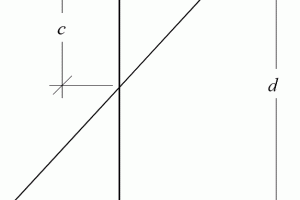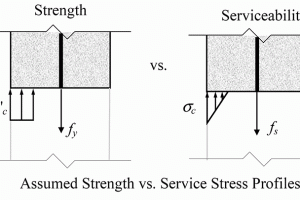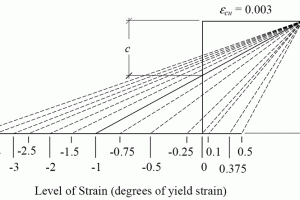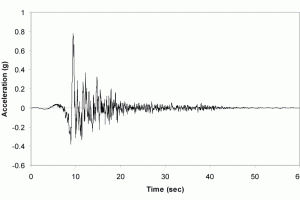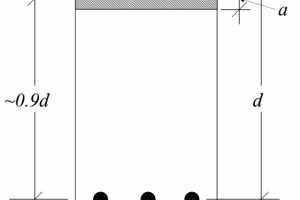Recent decades have seen major changes in methods of structural design and analysis. The allowable stress approach was applied to all materials for decades until, many years ago, the principles of strength design for reinforced concrete were introduced; they are now the norm for the design of such elements in the modern world. In more recent history, strength design methodologies have been developed and adopted for other common materials such as steel, masonry, and even wood. …
Author Archives : Jerod G. Johnson, Ph.D., S.E.
About the author ⁄ Jerod G. Johnson, Ph.D., S.E.
Jerod G. Johnson is a Principal at Reaveley Engineers in Salt Lake City. He was the engineer of record for recent updates to the base isolation system for the Salt Lake City & County Building. He was the principal investigator of the comprehensive isolator testing of May 2011. (jjohnson@reaveley.com)
The Merging of Design Philosophies
Limit states design – also known as ultimate strength design or load and resistance factor design (LRFD) – is largely supplanting the traditional methods of allowable stress design for most structural materials. Perhaps you are seasoned enough to remember the days when working stress design of reinforced concrete was the norm, and limit states design was a fairly new concept. …
The past decades have seen major progress toward the broad utilization of advanced nonlinear analysis methods for seismic design. Many of us have witnessed continual development and evolution of the modern standard for nonlinear seismic design – ASCE 41, now titled Seismic Evaluation and Retrofit of Existing Buildings. …
Often a summary refresher helps keep us grounded in the fundamentals of elements that we commonly design. Owing to many requests from peers, this article is provided as a summary of the steps that may be taken for the development of a typical reinforced concrete column interaction diagram. …
For most of us, the provisions for development length and lap splices of reinforcing steel are taken from ACI 318-11, Table 12.2.2. From this, we can surmise that basic development lengths (ld) follow the form:
ld = ([pmath]1/25[/pmath], [pmath]1/20[/pmath], [pmath]3/50[/pmath], or [pmath]3/40[/pmath]) [pmath]{{f_y}{Psi_t}{Psi_e}lambda}/sqrt{f ‘_c}[/pmath] db …
What Does the Future Hold?
For most of us, our training as structural engineers has included significant attention toward transient seismic events. They can have such destructive potential as to occupy a major role in the geometry, design and detailing of our projects. For decades, prescriptive methods in codes have predicated design around a peak transient condition that presumably produces a peak base shear reaction and a peak rooftop displacement. These phenomena then become the basis of criteria for the seismic design. …
Width/thickness ratios for members resisting both gravity and seismic loads are generally thought to be controlled by seismic criteria. This only makes sense, since the transient loads due to an earthquake typically impose demands far above and beyond those associated with simple gravity service conditions. Is it likely that gravity considerations would ever be more restrictive than seismic considerations? …
Making the LRFD Leap
If your office and its culture are consistent with most structural design firms, you probably embraced the load and resistance factor design (LRFD) approach for reinforced concrete years or even decades ago. For many, working stress design for concrete is a totally foreign concept, while LRFD ‘strength’ design is what you probably learned in school and practice to this day. …
If you are like me, you emerged from your collegiate experience with a broad array of fundamental tools in structural design that, hopefully, armed you adequately for your chosen career. I recall finishing my bachelor’s degree and having a skill set that, in retrospect, might be described as “barely sufficient”. With this statement, I do not mean to diminish the quality of my education, nor the dedication or expertise of excellent professors. …

